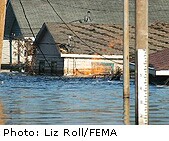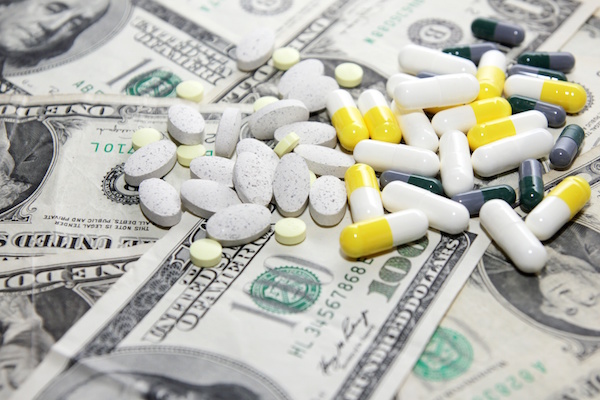
THURSDAY, Sept. 13 (HealthDay News) — Many households in the United States are ready should a disaster — such as a hurricane or earthquake — strike, federal officials said Thursday.
Almost 90 percent of those surveyed said they had a three-day supply of medications, nearly 83 percent had enough food for three days and 54 percent had a three-day supply of water, according to the U.S. Centers for Disease Control and Prevention.
“However, the majority of American citizens don’t have an evacuation plan, which is critical,” said CDC health scientist and lead author, Summer DeBastiani.
Only 21 percent said they had a written evacuation plan, according to the findings published in the Sept. 14 issue of the Morbidity and Mortality Weekly Report (MMWR).
Most of those who were prepared were English-speaking and better educated, the researchers found.
The study, conducted in 14 states over five years, is part of CDC’s Behavioral Risk Factor Surveillance System, which is an ongoing telephone health survey that tracks health conditions and risk behaviors in the United States.
In another report in the same issue of the MMWR, the Tennessee Department of Health found only about one-third of households in two counties in that state were “well-prepared” for a disaster.
Moreover, in one Tennessee county, only 11 percent of households had a written evacuation plan.
The reasons for the disparity in the number of those prepared for a disaster between the CDC and the Tennessee reports aren’t clear and the CDC could give no explanation for the differences.
To be prepared for a disaster, one should have a written evacuation plan that shows the best routes to take when conditions call for leaving the area, according to the U.S. Federal Emergency Management Agency (FEMA).
In addition, FEMA recommends maintaining a disaster kit that includes:
- Water: 1 gallon per person per day for at least three days.
- Food: at least a three-day supply.
- Battery-powered or hand-crank radio and a National Oceanic and Atmospheric Administration (NOAA) Weather Radio.
- Flashlight and extra batteries.
- First-aid kit.
- Whistle to signal for help.
- Dust mask to filter contaminated air and plastic sheeting and duct tape.
- Moist towelettes, garbage bags and plastic ties for personal sanitation.
- Wrench or pliers to turn off utilities.
- Manual can opener.
- Local maps.
- Cellphone with chargers, or solar charger.
“Greater effort is needed to stress the importance of disaster and emergency preparedness, especially the need for a written evacuation plan. Public health and emergency services agencies should increase the accessibility of household preparedness materials and information to the Hispanic population and persons with resource and language barriers,” the researchers concluded.
More information
For more details on disaster preparedness, visit the U.S. Federal Emergency Management Agency.

